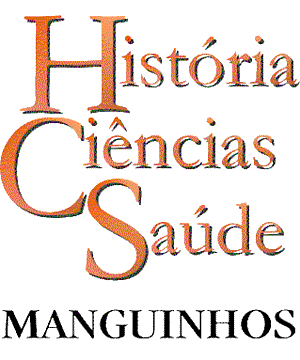Abstract
In the eighteenth century, naturalists in Europe and the Americas, being engaged in various practices for investigating nature, collected and observed live and dead animals in order to obtain and test various types of useful knowledge to science and natural history. The possibility that these specimens could be used as objects of study as well as instruments of observation gave these natural history collections a dimension that can be problematized nowadays from an epistemological and ontological perspective. This article demonstrates this phenomenon, based on the analysis of some of the practices of the naturalist José Antonio Alzate in New Spain.

 José Antonio Alzate, animal instruments and reliable knowledge in New Spain in the eighteenth century
José Antonio Alzate, animal instruments and reliable knowledge in New Spain in the eighteenth century